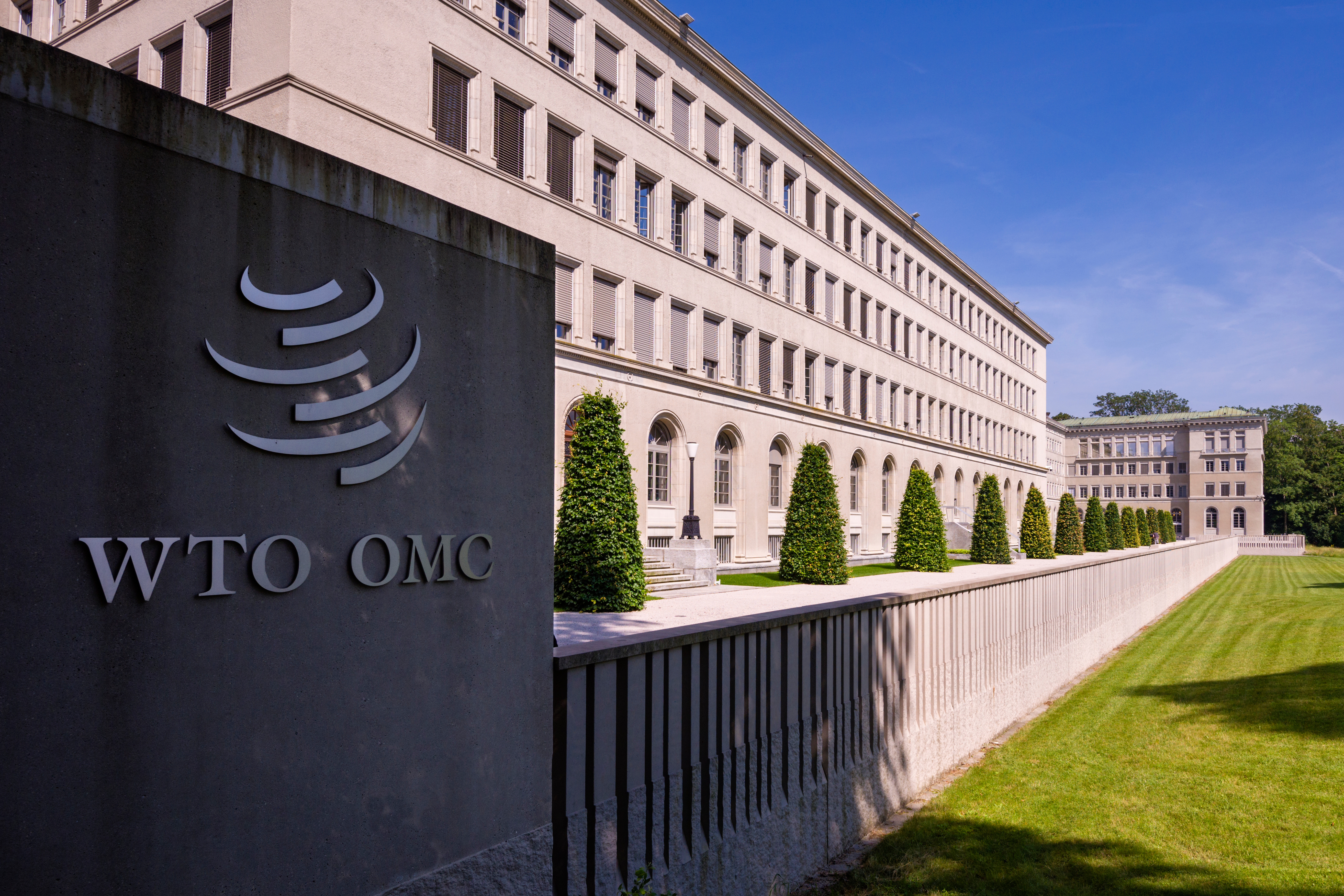
Yesterday (12 September) the WTO’s Public Forum in Geneva began with the launch of its annual World Trade Report.
WTO chief economist, Ralph Ossa, addressed assembled delegates on highlights from the report.
Key talking points were the need to ‘re-globalise’ the world economy amid increasing unilateralism and factionalism, and position international trade as a solution to climate change instead of as one of its causes.
Ossa said: “We need to embrace trade, rather than reject it, if we want to overcome the most pressing challenges of our time.”
Putting the international in international trade?
He defined ‘re-globalisation’ as “extending trade integration to more economies, to more people and more issues,” and referenced it multiple times during his address.
Recently, nations have been shifting trade through processes like ‘near-shoring’, a result of pandemic disruption, and ‘friend-shoring’ as geopolitical tensions rise in response to Russia’s invasion of Ukraine, as well as China’s fraying relations with the US, India and its Indo-Pacific neighbours.
The report found strong trade growth between countries with similar UN voting patterns, reinforcing a common academic assessment trade is becoming increasingly politicised.
Benefits of trade
In light of this, the WTO sought to emphasise the case for greater re-globalisation and the benefits of international trade.
One of the crucial reasons for continuing to pursue trade was its ability to lift people out of poverty.
Ossa cited figures that correlated rising international trade with a reduction in the number of people living below the poverty line – US$2.15 per day as defined by the World Bank.
Between 1981 and 2019, the percentage of people in lower- and middle- income countries living below the poverty line fell from 55% to 10%.
Resilience in the face of global supply chain shocks was also cited as a benefit of open economies, an idea evidenced by the differing responses to conflict and disruption of particular nations over the past decade.
Ossa noted that, following the fallout from Russia’s invasion of Ukraine, nations reliant on both countries’ grain supply were able to swiftly source alternative supplies.
Trade part of solution
The report also seeks to challenge the idea that the trade has is a primary culprit of damage to the environment.
Ossa highlighted that the integral component of international trade – transporting goods to potentially distant export destinations – is not the most polluting element, only contributing a third of the emissions generated by international trade.
The remaining two thirds are derived from the production of goods and the delivery of services.
The report argues that trade is instrumental spreading green technology worldwide.Ossa added that, while trade is often portrayed as part of the problem, “if done right, it can be part of the solution”.
“Just as there are economic gains originating from countries specialising in what they’re relatively good at, there are also environmental gains from trade originating from countries specialising in what they’re green at.”
Can trade solve everything?
Ossa’s optimism was questioned by Deborah James, director of the Center for Economic and Policy Research.
She drew attention to the stringent intellectual property rules that hindered vaccine manufacturing in developing countries during the pandemic.
Accused by James of acting as glorified PR for a system designed to “line the pockets of multinationals and rich governments”, Ossa highlighted that the annual report also proposed improvements to the organisation.



